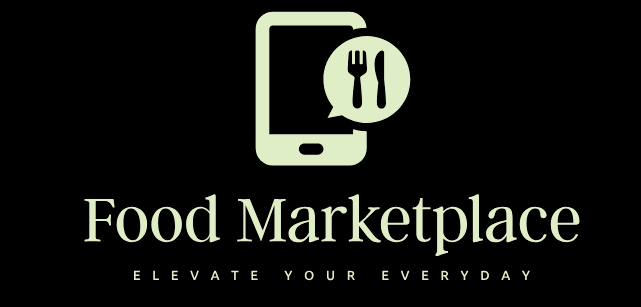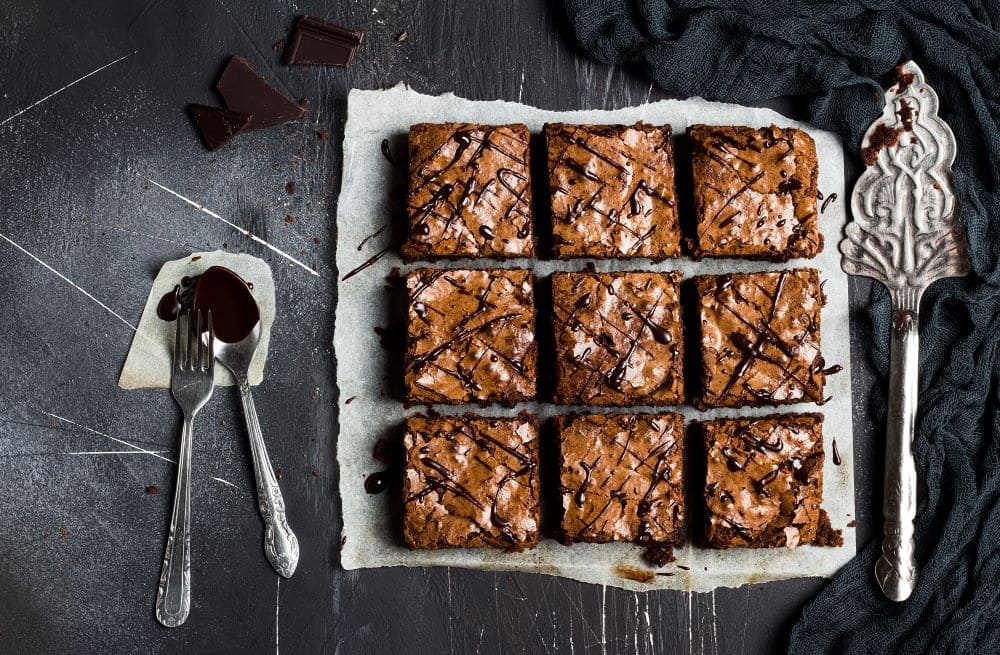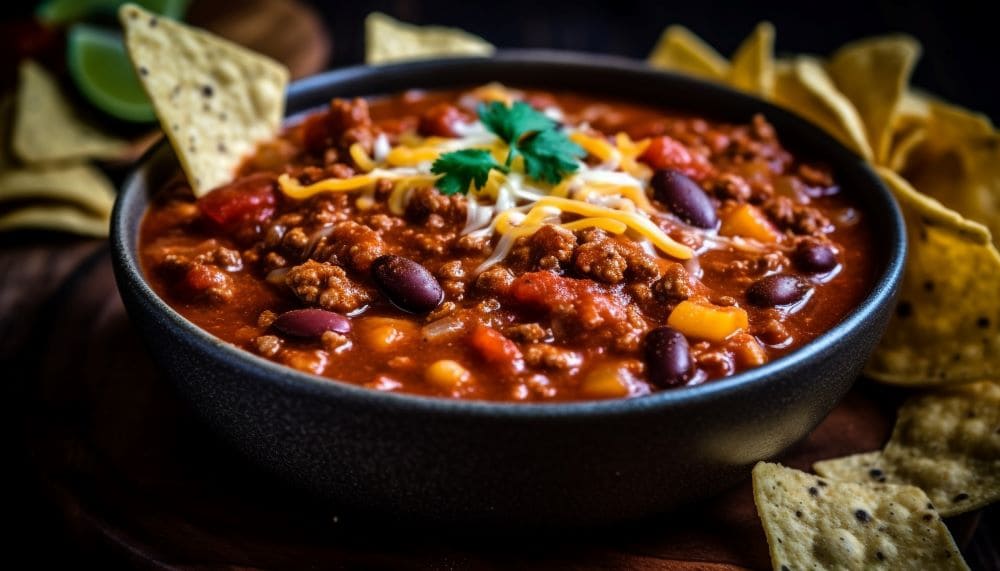
As we approach 2025, the food industry is embracing an array of trends shaped by sustainability, health, technology, and evolving consumer preferences. Here’s a glimpse of what’s likely to make waves in the food scene:
1. Climate-Resilient Foods
- Why it’s trending: Climate change is impacting the availability of certain crops, driving innovation toward ingredients that are drought-tolerant or resistant to extreme weather.
- What to expect: Increased usage of hardy ingredients like sorghum, millet, chickpeas, and seaweed, which require less water and are more resilient to climate challenges. Expect to see these foods in cereals, snacks, and alternative flour products.
2. Lab-Grown and Cellular Agriculture
- Why it’s trending: Cellular agriculture is a sustainable solution for consumers who want the taste and texture of real meat without the environmental and ethical concerns.
- What to expect: As lab-grown chicken and beef secure regulatory approval in more regions, we’ll see them enter mainstream grocery stores and restaurants. Seafood alternatives, including lab-grown salmon and tuna, are also expected to expand.
3. Precision Fermentation and Microbial Proteins
- Why it’s trending: Precision fermentation allows the creation of high-quality, animal-free proteins, such as dairy proteins or egg whites.
- What to expect: Expect to find products like animal-free cheese, yogurts, and even egg substitutes that replicate traditional products closely. Companies are working to expand the taste, texture, and affordability of these options.
4. Zero-Waste and Upcycled Ingredients
- Why it’s trending: With increased consumer focus on sustainability, reducing food waste is a priority for both producers and consumers.
- What to expect: Food brands will use upcycled ingredients such as leftover fruit pulp, vegetable stems, or coffee grounds to create snacks, sauces, and beverages. Watch for labels like “upcycled” or “reclaimed” on packaging.
5. Functional Foods and Mood-Boosting Ingredients
- Why it’s trending: A holistic approach to wellness is driving the demand for foods that support mental health, immunity, and overall well-being.
- What to expect: The rise of mood-enhancing foods, fortified with ingredients like adaptogens (e.g., ashwagandha, reishi), nootropics, and CBD. Expect beverages, snacks, and supplements that are tailored to help with stress relief, focus, or relaxation.
6. AI-Powered Personalization in Food
- Why it’s trending: Advances in AI allow consumers to find food that matches their specific tastes, dietary needs, and even health goals.
- What to expect: AI-driven apps or services that recommend recipes, meals, or food products based on users’ unique dietary profiles, health data, and preferences. This will likely extend to meal kit subscriptions and personalized shopping experiences in grocery apps.
7. Regenerative Agriculture and Transparent Sourcing
- Why it’s trending: Consumers want to support products that give back to the soil and environment.
- What to expect: Foods labeled as coming from regenerative farms, which focus on enriching soil health and biodiversity, will be increasingly popular. Companies may offer QR codes on packaging to provide sourcing details or even blockchain-based traceability for transparency.
8. Alternative Sweeteners and Lower-Sugar Options
- Why it’s trending: With rising concerns over sugar-related health issues, the search for natural, low-calorie alternatives continues.
- What to expect: Sweeteners like allulose, monk fruit, and stevia will be more widely used as sugar substitutes. Reduced-sugar or sugar-free options in traditional treats, snacks, and beverages will expand, particularly in new, indulgent yet guilt-free formats.
9. Hyper-Regional and Heritage Foods
- Why it’s trending: Consumers are showing interest in authentic, traditional foods from specific cultures or regions.
- What to expect: A rise in regional ingredients and cooking methods, from African superfoods (like fonio and baobab) to regional spices (like sumac, urfa biber) and preparation styles. Expect these flavors in everything from meal kits to prepared foods.
10. Edible Packaging and Biodegradable Containers
- Why it’s trending: With single-use plastic being heavily scrutinized, edible and biodegradable packaging offers a solution to reduce waste.
- What to expect: Innovations in seaweed wraps, plant-based packaging, and edible films for products such as sauces, condiments, or snack wrappers. Some companies are also experimenting with compostable packaging made from food-grade materials.
In 2025, these trends reflect a global movement toward more mindful eating, emphasizing a balanced relationship with the environment, health, and ethical choices.







